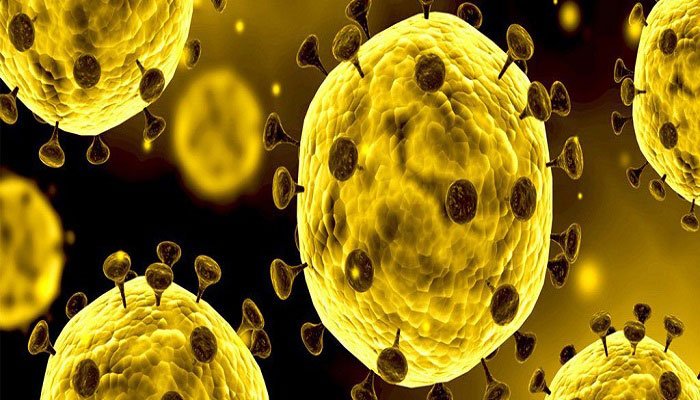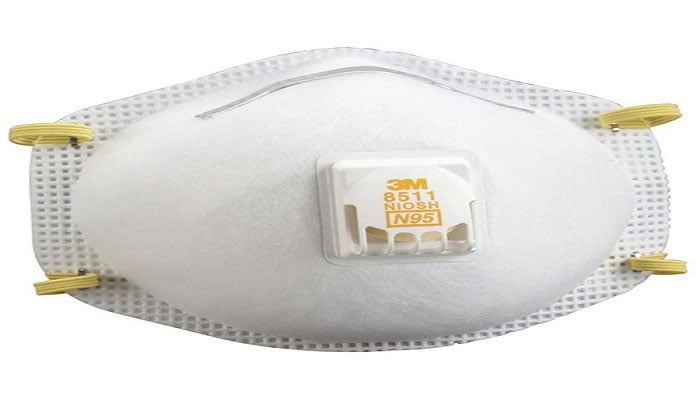Coronavirus
In recent weeks, the headline of all news agencies in the world has been dedicated to a microorganism that is expected to lead to a pandemic (Coronavirus).
Pandemics have a particular characteristic, as they are rapidly occurring in all parts of a country or continent, and cause many problems for individuals. Plague, cholera, and the flu are the most important pandemics that have claimed the lives of many in recent years. But is there still a risk of a pandemic on the way?
What is a Corona Virus?

Coronavirus is the name of a large family of viruses with different strains and causing respiratory diseases in individuals. The common cold virus is also classified in this family. So you should know that almost everyone has been infected with the virus at least once in their lifetime.
Symptoms range from mild to moderate, and in some cases lead to lower respiratory tract diseases such as pneumonia and bronchitis. The virus is widespread among animals worldwide.
Coronaviruses can rarely evolve and infect humans. This has so far occurred in connection with the Middle East Respiratory Syndrome Coronavirus (MERS-CoV) and the Acute Respiratory Syndrome Coronavirus (SARS-CoV), which resulted in the deaths of approximately 2000 people during the outbreaks of these viruses in years 2003 and 2012.
When did the new Coronavirus (Coronovid2019) emerge?
The World Health Organization (WHO) warns Chinese authorities on December 31, 2019, that cases of pneumonia have been confirmed in Wuhan, China.
A city of 11 million people, located in southern China, near the Taiwan-Korea border. The patients were quarantined to determine the origin of the virus, and it was found that the market for live animals in the city was responsible for the spread of the mysterious virus. After that, the market was closed and disinfected.
The World Health Organization declared a state of emergency
The World Health Organization (WHO) has declared the outbreak of the new coronavirus in China as a global health emergency.
- Support countries with weaker health systems
- Speed up vaccine production, treatments, and diagnostic tools
- Fight the spread of false rumors and information
- Review preparedness programs; identify gaps and evaluate resources needed to identify, isolate, and treat infected persons and prevent transmission
- Share our data, information, and experiences with the WHO and the world.
- The only way to defeat this outbreak is for all countries to work together in a spirit of solidarity and partnership.
- We are all in this situation and we can only stop them together.
Doing so will reduce the chance of a corona
- Wash your hands with soap and water or an alcohol-based disinfectant gel
- When sneezing or coughing, cover your mouth with a tissue or elbow
- Avoid close contact with people who have symptoms of the common cold or the flu
- Cook meat and eggs well before eating
- Avoid contacting with animals
Where is the origin of the new coronavirus?

In recent days, scientists have been scrutinizing the new coronavirus gene sequence and comparing it with the gene sequence of more than five strains of the coronavirus that can infect many animals and have found that the virus originated from bats.
How the virus was transmitted from animals to humans?
As mentioned, some coronaviruses are capable of being transmitted from animal to human, and the new coronavirus is the same. According to a recent article in the field, changing one of the viral proteins has made the new Coronavirus able to bind to and infect human cell receptors.
This change is the most important step for the virus to enter the cells and spread the infection. There have been various reports of how the virus is transmitted from animal to human in cyberspace, which cannot be verified. Eating bat soup by the Chinese is one of them. In Chinese culture, everything that is alive is edible.
What are the ways of virus transmission?

In some cases, the transmission has been reported to occur between individuals. But the initial transmission of the disease from animal to human has occurred.
The disease has a latency period of about 3 weeks of incubation. A period where clinical symptoms are not yet apparent, but the virus is transmitted. The following increases the likelihood of transmission between infected and healthy individuals.
- Through airborne particles (coughing and sneezing)
- Close physical contact (rubies, body touch, or hand loss)
- Hand contact with the contaminated surface of the virus and touch the eyes, nose, or mouth before washing hands.
- Rare cases of stool contamination
What are the symptoms of coronavirus disease?

All symptoms resemble the flu or severe cold. This makes diagnosis difficult. But the following symptoms should be followed up:
- Fever
- Severe cough
- Difficulty breathing
- Shortness of breath
Is there any cure for the new coronavirus?
There is still no specific cure for the new coronavirus, and many people recover spontaneously, and most treatments have been limited to reducing the severity of symptoms, complete rest, and drinking fluids.
There is no vaccine for the new coronavirus yet, but researchers in the US have announced that they are in the early stages of developing a new coronavirus.
The best type of mask approved to prevent coronavirus transmission?

Currently, the standard and best respiratory protection masks for preventing the new coronavirus are filtered masks of type N.95 and M.3
Follow us on Instagram
For more information Contact Us
Comments